x
Search results for 'summit'
Show Filter
Summit Art 2
Following the timeline of the K12 History program, second grade Art lessons introduce students to the art and architecture of ancient Rome, medieval Europe, Islam, Mexico, Africa, China, and Japan.From: $900.00
Math 2 Summit
Math 2 Summit is designed to support true depth of knowledge required by today's standards. With rich content to form conceptual understanding and enough practice to support mastery, including time build-in for individualized independent practice, games, and offline practice, Summit Math 2 includes the tools and technology that students need to succeed. Summit Math 2 focuses on numbers through 1,000; time and money; two-digit addition and subtraction; length; story problems; shapes; number patterns; and data displays.From: $900.00
English Language Arts 2 Summit
English Language Arts 2 Summit provides a well-balanced approach to literacy that connects reading, writing, grammar, word study (including vocabulary and spelling), and handwriting into one integrated program. The course comprises 12 thematic units. Each unit contains workshops in which reading, writing, and word study are anchored by a focus text. Through read-aloud videos, independent reading, and close reading activities, students explore both classic and contemporary works in different genres and formats$900.00
Social Studies 2 Summit
Second graders experience a broad introduction to social studies and build a base for future learning. Students expand their map skills by using features of maps, including scale, direction, and location, to read maps and draw conclusions. They put their map skills to use exploring the physical and human features of their community, state, country, continent, and world. Students increase their understanding of chronology and investigate the past using sources to learn more about themselves and their communities. They study people who influenced history as leaders, inventors, and trailblazers. Students discover cultures around the world and in their own communities. Students also learn the basic concepts and operations of the economy and are introduced to the basic principles of personal finance. Students describe the role of government and expand their understanding of how citizens contribute to their communities.$900.00
Summit Physical Education, Semester 2 (OTH020B)
This pass/fail course combines online instructional guidance with student participation in weekly cardiovascular, aerobic, muscle- toning, and other activities. Students fulfill course requirements by keeping weekly logs of their physical activity. The course promotes the value of lifetime physical activity and includes instruction in injury prevention, nutrition, and yet, and stress management$450.00
Summit Math 7 (Independent Study)
In the Summit Math 7 course, students focus on real-word scenarios and mathematical problems involving algebraic expressions and linear equations and begin to apply their understanding of rational numbers with increased complexity. The course lays the foundation for exploring concepts of angle, similarity and congruence, more formally addressed in Grade 8, as students work with scale drawings and construct and analyze relationships among geometric figures. Students also develop and apply understandings of proportional relationships.
From: $24.00
Summit Language Arts 7 (Independent Study)
This course continues the development of comprehension and analysis of informational and fictional texts with an ongoing emphasis on reading strategies.Analyzing and practicing the form and structure of various genres of writing enhances students’ communication skills. Students study a variety of media to understand informational and persuasive techniques, explicit and implied messages, and how visual and auditory cues affect messages. Grammar, usage, and mechanics skills are deepened. Students continue to widen their vocabulary and apply acquisition strategies
From: $24.00
Summit English 10 (Summer Condensed) Semester 2 (ENG208BS)
This is the second semester of a two part course, offered over a condensed 4 week term.
The Summit English 10 course includes engaging and interactive instruction about reading, writing, speaking and listening, and language, with a focus on exploring a wide variety of genres and their elements. Students learn how to carefully read, interpret, and analyze literature and nonfiction works of cultural or historical significance appropriate to grade 10. Throughout the course, students practice narrative, informational, and argument writing. Students also develop and deliver presentations and participate in discussions with their peers.
Click here for a sample of this course.
From: $450.00
Summit Geography and World Cultures, Semester 2 (HST213B)
This course examines a broad range of geographical perspectives covering all of the major regions of the world. Students clearly see the similarities and differences among the regions as they explore the locations and physical characteristics, including absolute and relative location, climate, and significant geographical features. They look at each region from cultural, economic, and political perspectives, and closely examine the human impact on each region. Students take diagnostic tests that assess their current knowledge and generate individualized study plans, so students can focus on topics that need review. Audio readings and vocabulary lists in English and Spanish support reading comprehension.
$450.00
Summit Geography and World Cultures, Semester 1 (HST213A)
This course examines a broad range of geographical perspectives covering all of the major regions of the world. Students clearly see the similarities and differences among the regions as they explore the locations and physical characteristics, including absolute and relative location, climate, and significant geographical features. They look at each region from cultural, economic, and political perspectives, and closely examine the human impact on each region. Students take diagnostic tests that assess their current knowledge and generate individualized study plans, so students can focus on topics that need review. Audio readings and vocabulary lists in English and Spanish support reading comprehension.
$450.00
Intermediate World History A Summit (Independent Study)
K12 Summit World History I surveys the story of the human past from the period before written records, prehistory, through the fourteenth century. The course is organized chronologically and, within broad eras, regionally. The course focus is the story of the human past and change over time, including the development of religion, philosophy, the arts, and science and technology. Geography concepts and skills are introduced as they appear in the context of the historical narrative. Students explore what archaeologists and historians have learned about the earliest hunter-gatherers and farmers, and then move to a study of the four river valley civilizations. After a brief writing unit, they study the origins of Confucianism, Hinduism, Buddhism, and Judaism and the eras in which they developed. The second half of the course traces the story of classical Greece and Rome, the Byzantine Empire, the origins of Christianity and Islam, and then continues through the fourteenth century in Europe, North Africa, and East Asia. Historical thinking skills are a key component of Intermediate World History. Students practice document and art analysis, conduct research, and write in a variety of formats. They also practice map reading skills and look at how historians draw conclusions about the past as well as what those conclusions are.From: $24.00
NEED MORE INFO

THANK YOU!
We have received your inquiry and you will start to receive additional information about our school offerings and programs. An enrollment consultant will contact you shortly.
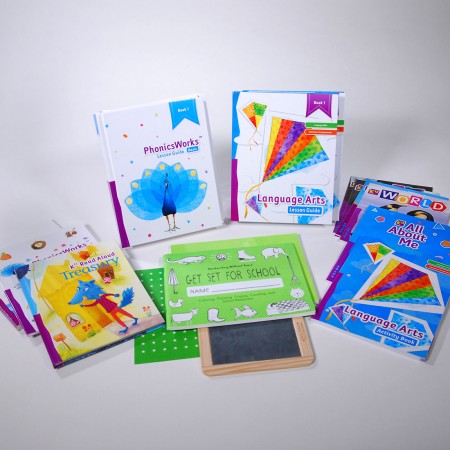
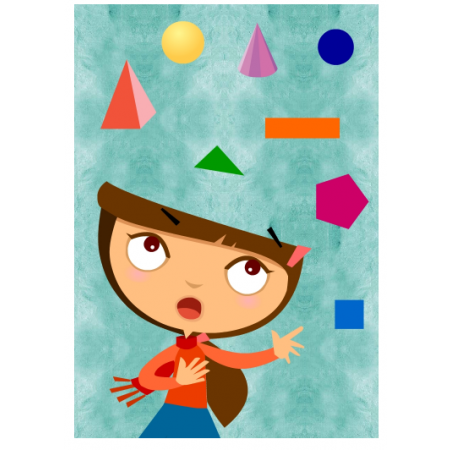
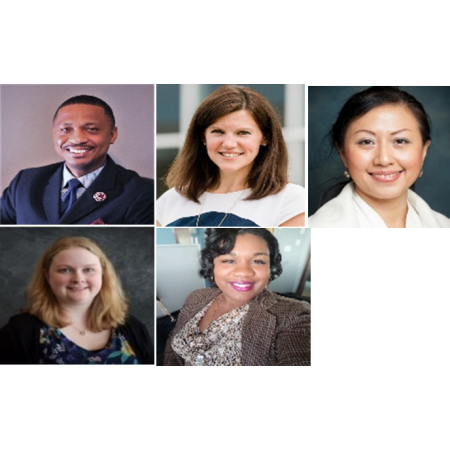
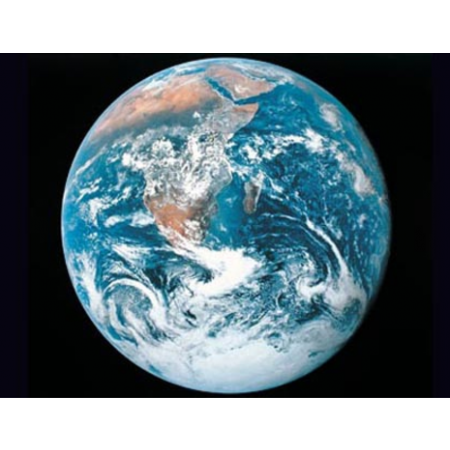
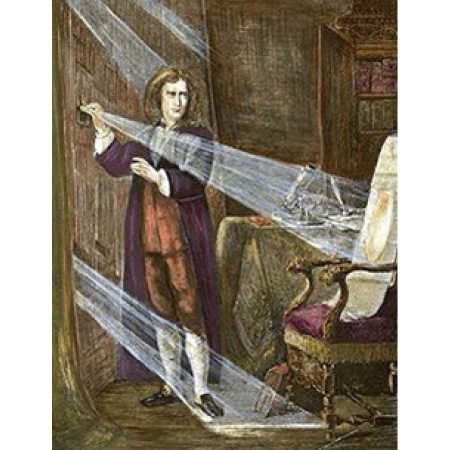
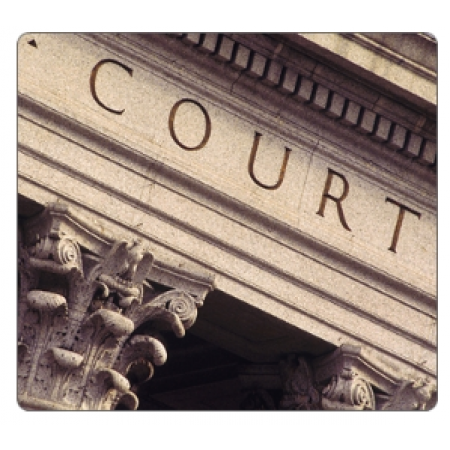
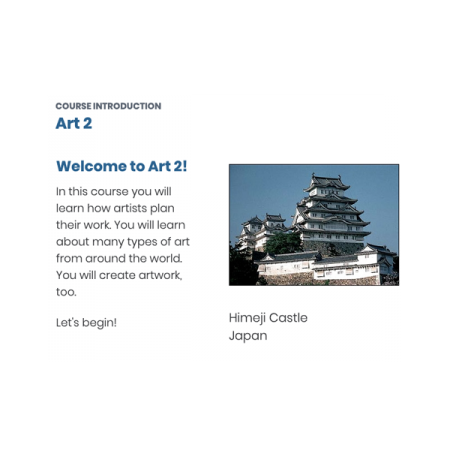
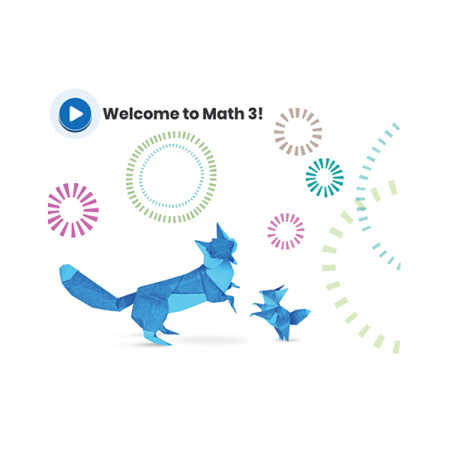
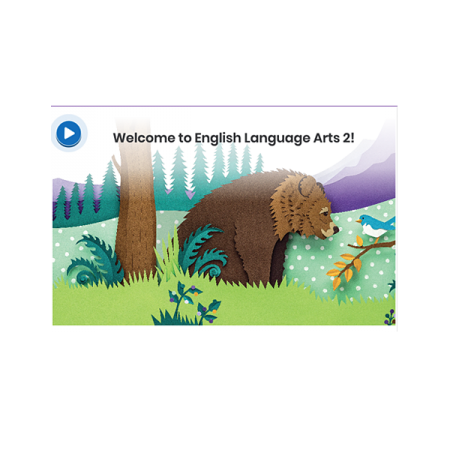
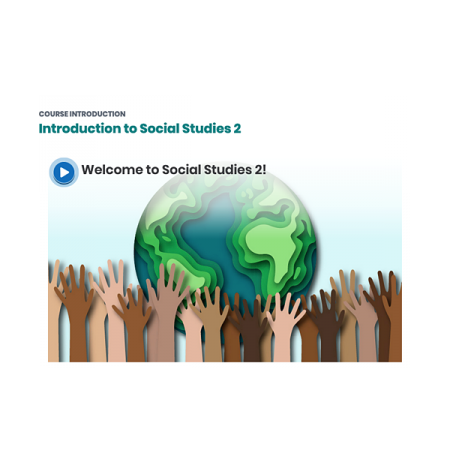


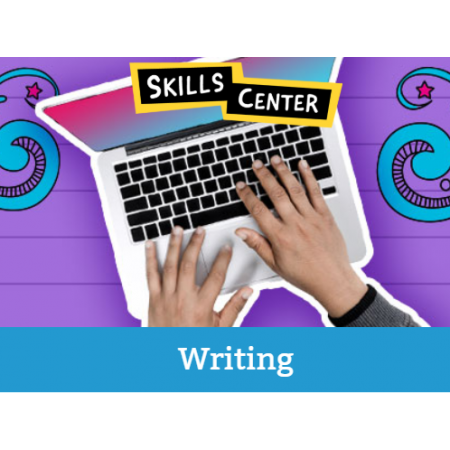
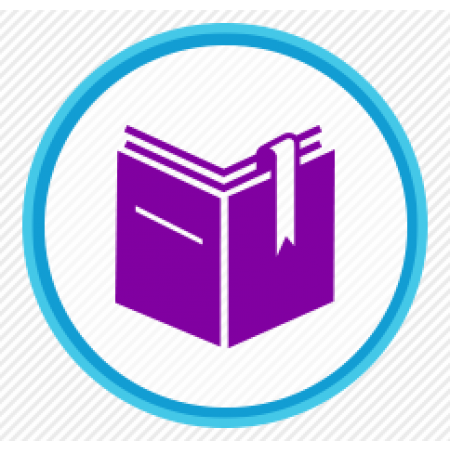
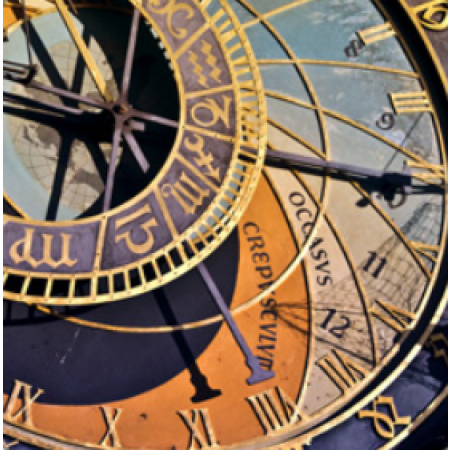
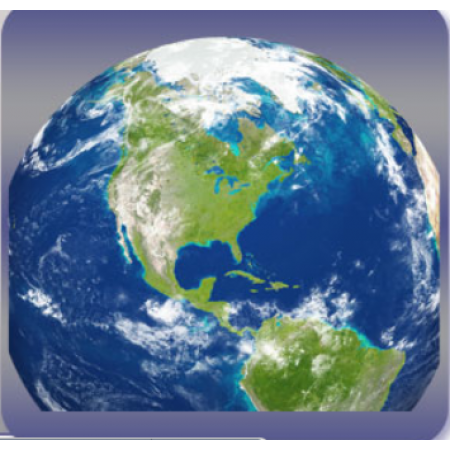

In this comprehensive course, students follow the history of the world from approximately 1870 to the present. They begin with a study of events leading up to 1914, including the Second Industrial Revolution and the imperialism that accompanied it. Their focus then shifts to the contemporary era, including two world wars, the Great Depression, and global Cold War tensions. Students examine both the staggering problems and astounding accomplishments of the twentieth century, with a focus on political and social history.